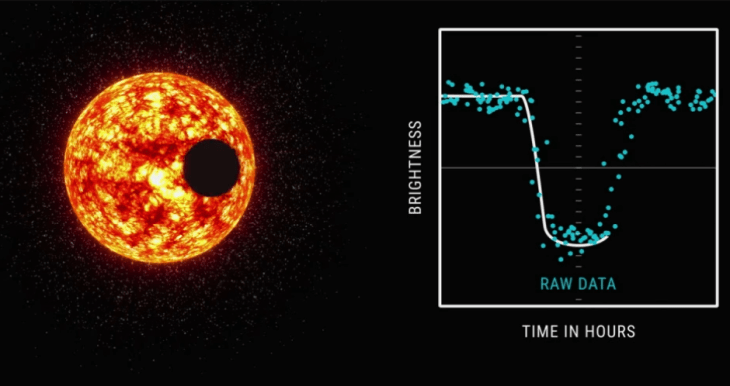You may remember that in December, a pair of new planets was discovered via machine learning, using NASA data and Google Brain ingenuity. If you’re interested in doing the same, the team behind the system has just released the code they used to accomplish this astronomical achievement, which they call AstroNet.
The Kepler space telescope has scanned the Milky Way for years, watching for the telltale dip in brightness when a planet-sized object crosses in front of a star.
Its data set is a great playground for machine learning systems: noisy and voluminous, with subtle variations that could go undetected by simple statistical methods or human scrutiny. A convolutional neural network is just the trick to tease out new and interesting results from that morass.
As is so often the case, though, the AI has to follow a human example. It was trained on thousands of Kepler readings already labeled and verified as planet or non-planet, and learned the patterns that astronomers are interested in. This trained model was what ended up identifying Kepler-90i and Kepler-80g.
The researchers write that they hope releasing the source for the project will help make it more accurate and also perhaps allow the work to continue at a faster pace or be adapted to new data sets. You can read the documentation and fork the code yourself over at GitHub.
